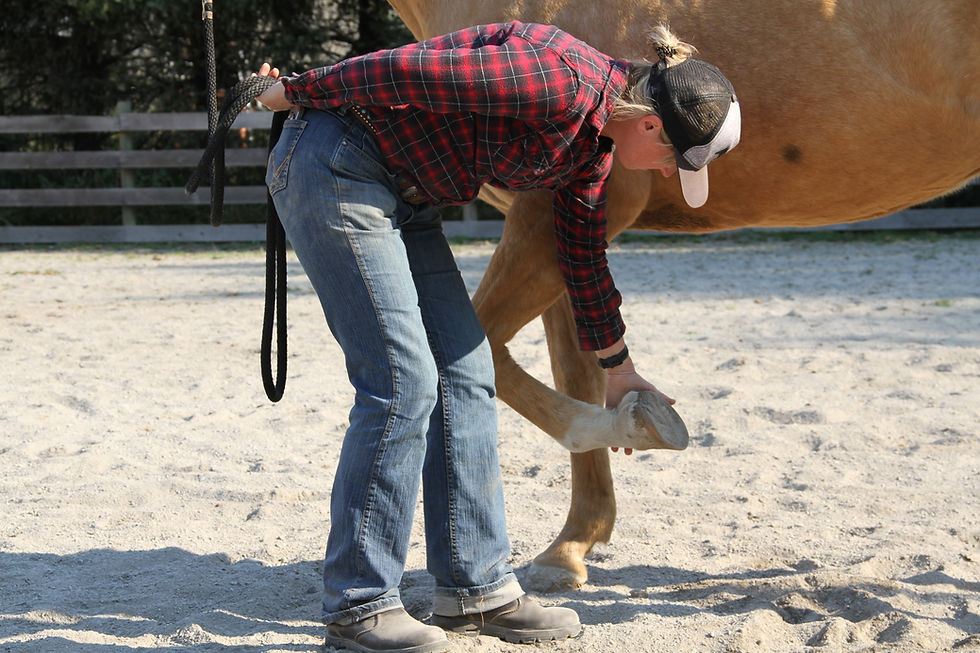HOW HORSES LEARN 101: NON ASSOCIATIVE LEARNING
- Lauren Fraser, MSc, FFCP

- Dec 11, 2022
- 2 min read
Knowing how horses might react to stimuli can help us understand why they may behave in certain ways, while also improving their welfare.

There are many reasons why horses may display unwanted behaviours. While a full understanding of how horses learn and why behaviour problems can develop requires in-depth study, arming yourself with a basic understanding of key learning processes can help you better understand horse behaviour. Non-associative learning, one of those key pieces, is this topic of today's post. It goes without saying, horses are incredibly intelligent animals, with the ability to rapidly learn from and adapt to their environment. One aspect of how they learn is non-associative learning. This refers to changes in the horse's reflexive responses to stimuli/a stimulus (plural and singular forms) - anything in the environment that can be perceived by an animal's senses.
There are two forms of non-associative learning: sensitization and habituation.
Sensitization is when, after repeated exposure, a horse shows an increase in response to a particular stimulus. For example, while trimming a yearling the farrier drops her nippers in the barn aisle, causing the horse to startle (the reflexive response). A few moments later, a boarder slams the tack room door, startling the horse again. This triggers the handler to yell at the boarder, evoking another big startle. The horse is
now sensitized to loud, sudden noises, making them more likely to startle at noises in the future. On the other hand, habituation occurs when an animal becomes less reactive to a stimulus over time. This can happen when a horse is exposed to a stimulus repeatedly and they begin to react less strongly to it. For example, a horse that initially reacts to light leg cues by quickly moving forward (the reflexive response) may become habituated to them, and stop responding, if those light cues are never removed after being applied.
In conclusion, by understanding non-associative learning processes in horses, owners and trainers can better understand why unwanted behaviours might be occurring.




Comments